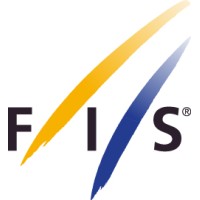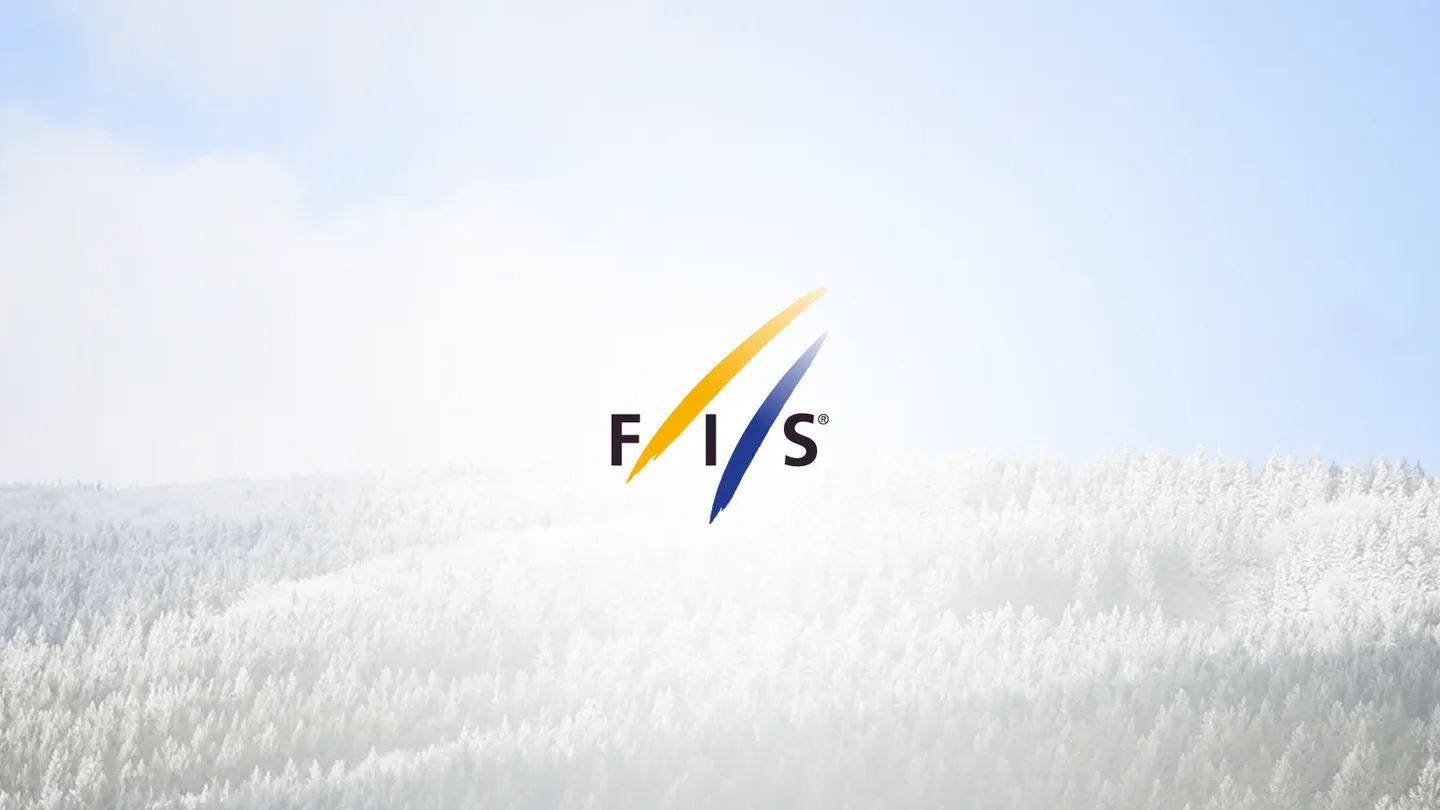Apr 04, 2025 - In 2023, the European Commission revealed that over half of the environmental claims made by EU companies were “unclear, misleading, or unsupported,” with 40% lacking any evidence at all. As the ski industry transitions toward more sustainable practices, these findings present a wake-up call: how can industry professionals communicate their sustainability efforts to accurately and truthfully reflect progress?
The International Ski and Snowboard Federation (FIS) has developed this Sustainability Communication Guide to help ski industry professionals enhance their sustainability communication and avoid falling into the use of so-called greenwashing practices. With a focus on transparency, clarity, collaboration, and honesty, the guide provides a practical framework for building trust and driving meaningful engagement.
10 actionable steps are given, with case studies illustrating these steps in practice. Each step is summarized here to provide a clear overview of what this framework entails.
Step 1: Assess sustainability performance and set communication goals: Organizations start by evaluating their sustainability efforts using a five-point scale, uncovering strengths, weaknesses, and areas for improvement. This evaluation lays the foundation for impactful communication that educates and informs key stakeholders.
Step 2: Understand the audience: Organizations work to understand their audience's pain points, interests, behaviors, and demographics, transforming this data into dynamic audience profiles. This ensures messages are both relatable and relevant.
Step 3: Tailor content to the audience: Teams document which issues most interest their audience in order to tailor content across the right platforms, from social media to email. This content is driven by a unifying "Big Idea" that keeps messaging consistent and perfectly aligned with campaign goals.
Step 4: Don’t forget to engage employees: Employees play a crucial role in driving sustainable change. For this reason, effective sustainability communications engage employees throughout, tapping into their motivations and celebrating their contributions.
Step 5: Understand what drives action for sustainability: Motivating action for sustainability starts with understanding what drives people, then crafting messages that appeal to those psychological factors to inspire real change.
Step 6: Use storytelling: Storytelling enables organizations to build a personal connection with their audience, making the brand feel more human and relatable. By eliciting emotions, storytelling sparks a collective initiative and fosters a culture of sustainable behaviors.
Step 7: Prioritize transparency: To avoid greenwashing, organizations are transparent, providing clear, honest disclosures and supporting sustainability claims with verifiable data. Openly sharing both successes and challenges creates a collaborative environment to encourage sustainable progress.
Step 8: Be visual: Organizations ensure their images stand out with infographics, icons, and powerful visuals. Authentic, relatable images that spark action are used, while clichés or graphics that might overwhelm the audience are avoided.
Step 9: Explain simply: Organizations break down complex terms and use relatable comparisons to ensure sustainability messages are easy to understand. Content is organized with headings, bullet points, and concise sentences, while jargon is avoided to keep messages clear and engaging for everyone.
Step 10: Collaborate with two-way dialogue: To enhance digital communications, organizations foster two-way dialogue with key stakeholders. By actively listening and embracing feedback, teams can build stronger, more collaborative relationships.
Download the complete guide here: FIS Sustainability Guide 2025

